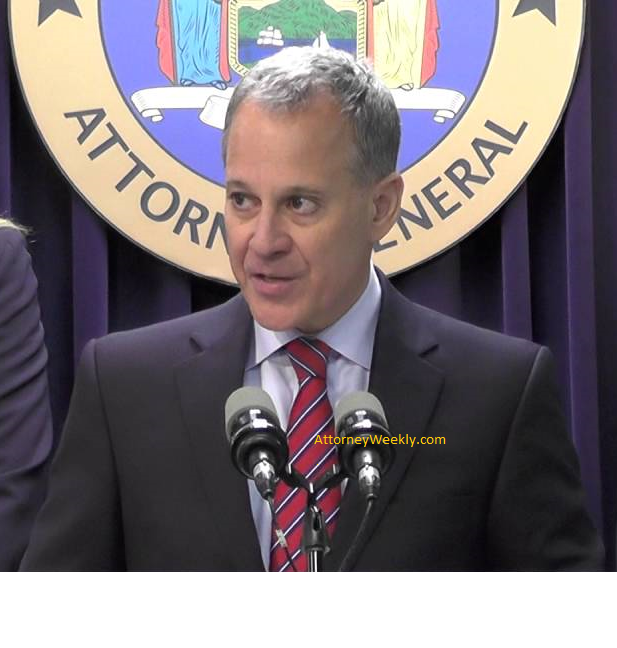New York A.G Schneiderman Leads Coalition of States Opposing Pres. Trump’s Vehicle Emission Standards Roll Back
New York Attorney General Eric T. Schneiderman led an alliance conveying their
opposition to President Donald Trump’s action that directs federal agencies to
reconsider vehicle emission standards.
The coalition was joined by attorney general of New York, Maine, Maryland,
Massachusetts, Oregon, Rhode Island, Vermont, Washington State, and the District of
Columbia and Commonwealth of Pennsylvania’s Department of Environmental
Protection, issued this statement today:
“President Trump’s action represents a dramatic wrong turn in our nation’s
efforts to fight air pollution from passenger cars and trucks, and protect the
health of all our children, seniors, and all communities.
Weakening these commonsense standards would undermine successful efforts to
combat the pollution emitted by vehicles- emissions that cause widespread,
substantial harm to public health and are one of the largest sources of climate
change pollution. An extensive technical study by the Environmental Protection
Agency already found that the standards are fully and economically achievable by
the auto industry. Relaxing them would increase the air pollution that is
responsible for premature death, asthma, and more- particularly in our most
vulnerable communities.
We will vigorously oppose attempts by the Trump Administration to weaken our
vehicle emission policies and put our public health at risk, and we won’t hesitate
to stand up for the right of our states to adopt stricter pollution standards that
provide critical protections to the health of our residents and our environmental
resources.”
New York Attorney General announced his plans to file a motion to intercede in support
of the current vehicle emission standards in the U.S court of Appeals for the D.C Circuit,
where the Alliance of Automobile Manufacturers filed suit in opposition to the
standards on Monday.
Because motor vehicles produce a significant amount of harmful air pollution, that
affects both humans and the environment, Section 202 of the Clean Air Act requires EPA
to establish national emission standards for new motor vehicles. Section 209 of the Act
allows California to require more rigorous standards compared to other federal
standards, and Section 177 of the Act authorizes other states to entail those same
standards for new motor vehicles in their states.
In 2012, EPA adopted emission standards limiting greenhouse gas emissions from new
passenger cars, and light duty trucks for model years starting in the year 2017. California
has applied these same vehicle emission standards limiting greenhouse gas emissions,
and New York and several other states have adopted these standards as state laws.
These said actions combined with harmonized emission standards for other pollutants
that are on the books, are expected to result in substantial reductions in greenhouse gas
emissions, dependency on foreign oil, and consumer fuel costs:
Over the lifetimes of these vehicles sold after 2017 to 2025 model years, the
standards are expected to cut greenhouse gas emissions by 2 billion metric tons-
which is equal to the amount of annual emissions of 422 million cars currently on
the road- and is expected to save an estimated amount of four billion barrels of
oil.
Together with the first stage of vehicle emission standards for greenhouse gases
for model years 2012-16, the standards for the 2017-25 model year vehicles are
projected to save families more than $1.7 trillion in fuel costs and reduce the
country’s dependence on oil by more than 2 million barrels per day in 2025.
After vigorous technical reviews, based on information collected from advocates,
industries, and other interested parties, EPA found that “automakers are well positioned
to meet the standards at lower costs than previous estimated.” The agency concluded
that, while the record supported making the standards even more stringent, it decided
to retain the current standards to provide regulatory certainty for the auto industry.”
California is currently completing a midterm review for its parallel standards after
participating in the federal process and conducting its own analysis of the possibility of
the standards.















